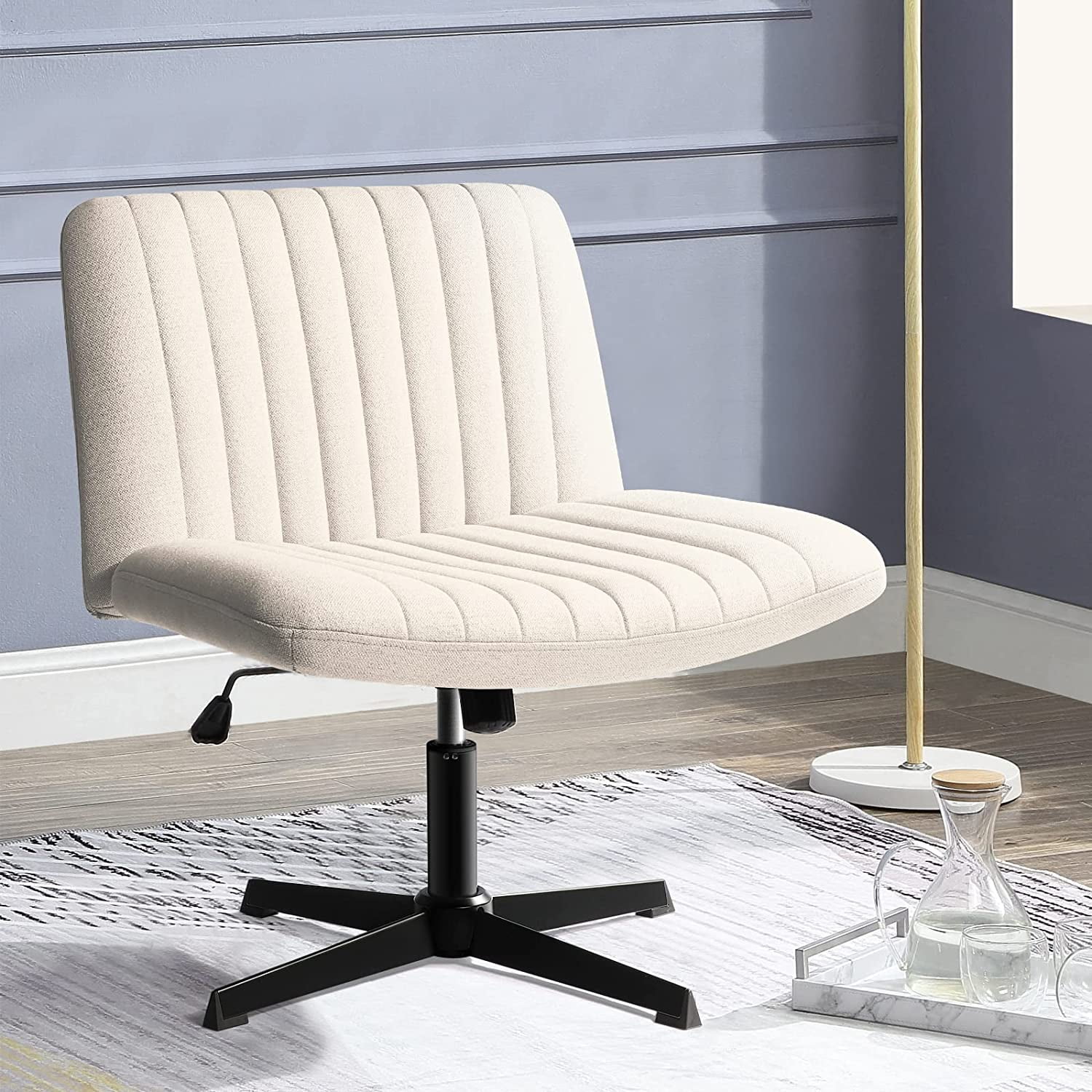Ideal Chair Dimensions for a 36-Inch Desk: Office Chair For 36 Inch Desk

A 36-inch desk presents a unique ergonomic challenge, demanding careful consideration of chair dimensions to ensure optimal comfort and posture. The interplay between desk size and chair ergonomics is crucial for preventing musculoskeletal strain and promoting overall well-being during prolonged periods of seated work. Choosing the right chair can transform your workspace from a source of discomfort into a haven of productivity.
The harmonious dance between a 36-inch desk and its accompanying chair hinges on several key dimensions: seat height, width, and depth. These dimensions must work in concert to provide adequate support and allow for proper posture. A poorly chosen chair can lead to slouching, back pain, and even long-term health issues.
Chair Dimensions and Desk Size Comparison, Office chair for 36 inch desk
The following table illustrates how chair dimensions relate to a 36-inch desk, offering a guide for selecting the ideal seating companion. Remember, these are guidelines; individual needs may vary.
| Desk Size (inches) | Seat Height (inches) | Seat Width (inches) | Seat Depth (inches) |
|---|---|---|---|
| 36 | 16-20 (adjustable) | 18-20 | 16-18 |
Seat Depth and its Impact on Posture
Seat depth significantly influences thigh support and subsequently, back posture. A seat that’s too deep can cause pressure on the back of the knees, hindering blood circulation and promoting slouching. Conversely, a seat that’s too shallow offers inadequate support, forcing the user to lean forward and strain the back. The ideal seat depth allows for a comfortable gap of approximately two to three inches between the edge of the seat and the back of the knees. This allows for proper blood flow and reduces pressure points. For a 36-inch desk, a seat depth of 16-18 inches generally works well for most individuals, though this can vary depending on leg length.
The Relationship Between Desk Size and Posture
A 36-inch desk necessitates a chair that allows for proper posture. With a smaller desk, the proximity to the keyboard and monitor is more critical. The chair’s height must be adjusted so that the elbows are at a 90-degree angle when typing, and the wrists are straight. The monitor should be positioned at eye level to prevent neck strain. The chair’s back support should maintain the natural curvature of the spine, preventing slouching and promoting a healthy posture.
Visual Representation of Proper Posture at a 36-Inch Desk
Imagine a person sitting upright at a 36-inch desk. Their feet are flat on the floor, knees bent at a 90-degree angle, and thighs parallel to the floor. Their back rests comfortably against the chair’s backrest, maintaining the natural curve of the spine. Their elbows are bent at a 90-degree angle, wrists straight, and forearms parallel to the floor. Their eyes are level with the top of the monitor, minimizing neck strain. The overall posture exudes a sense of balance and ease, reflecting the harmonious relationship between the person, their chair, and their desk. This ideal posture is achievable through careful chair selection and appropriate adjustments, transforming the workspace into an ergonomic sanctuary.
